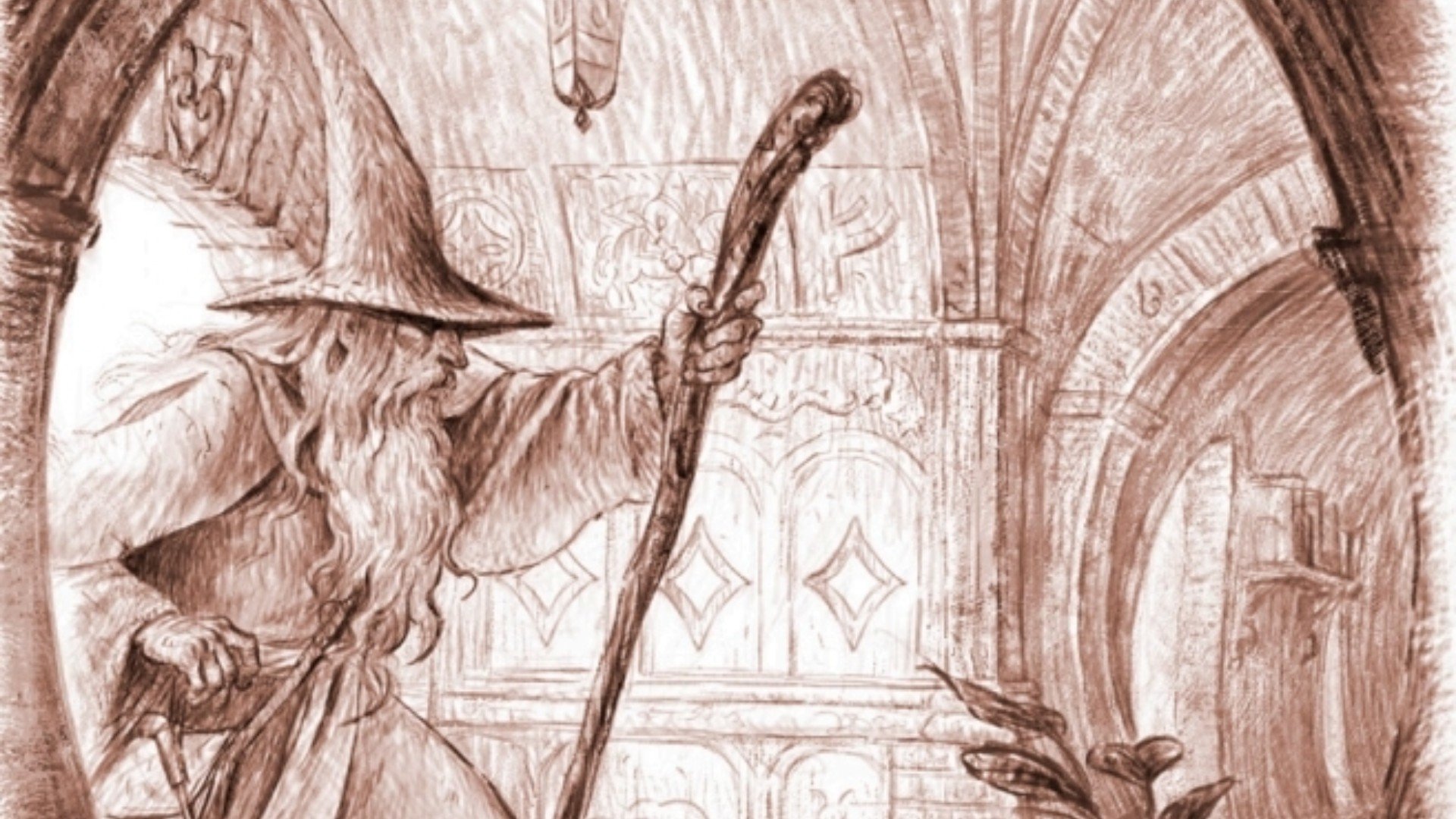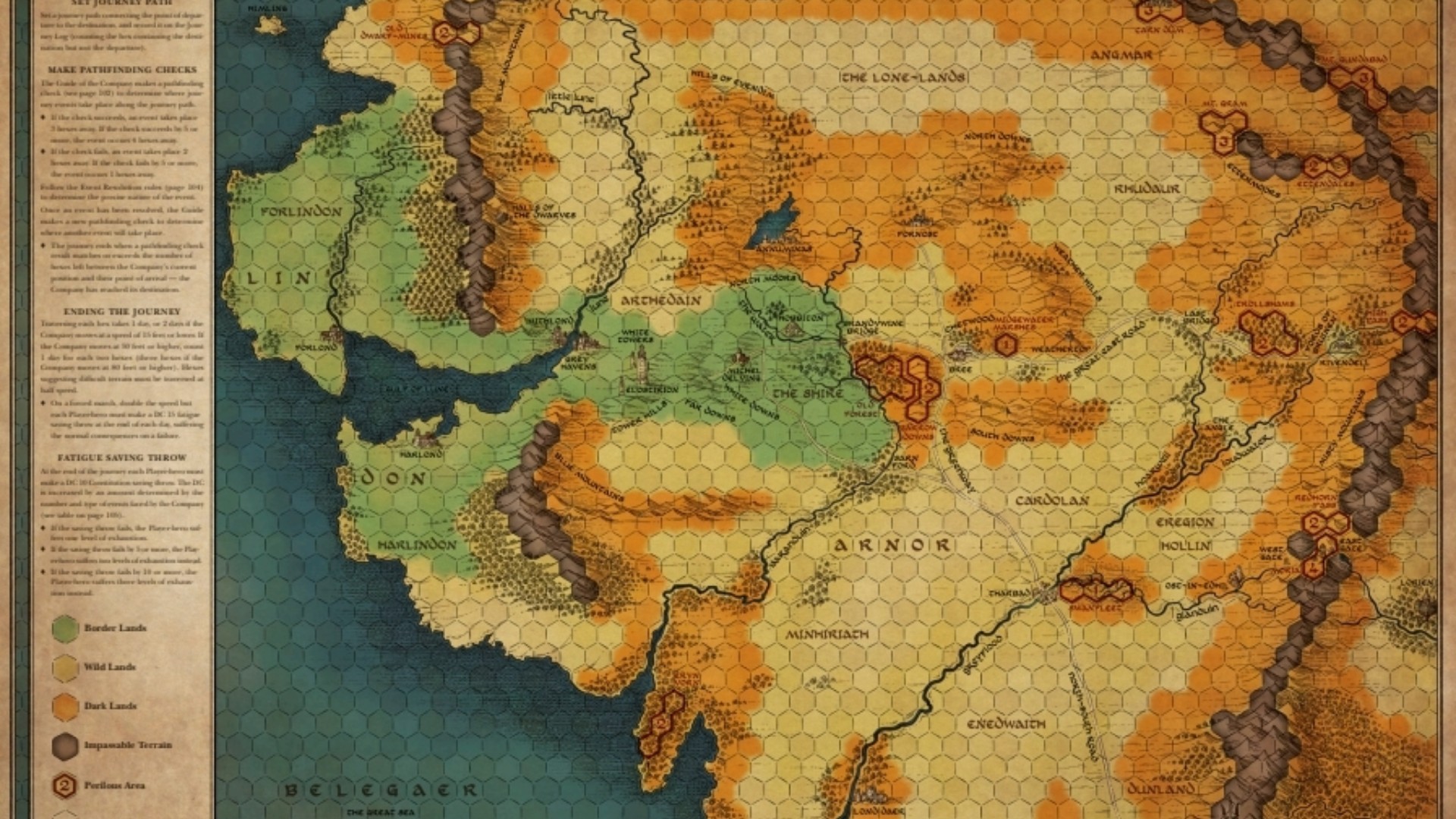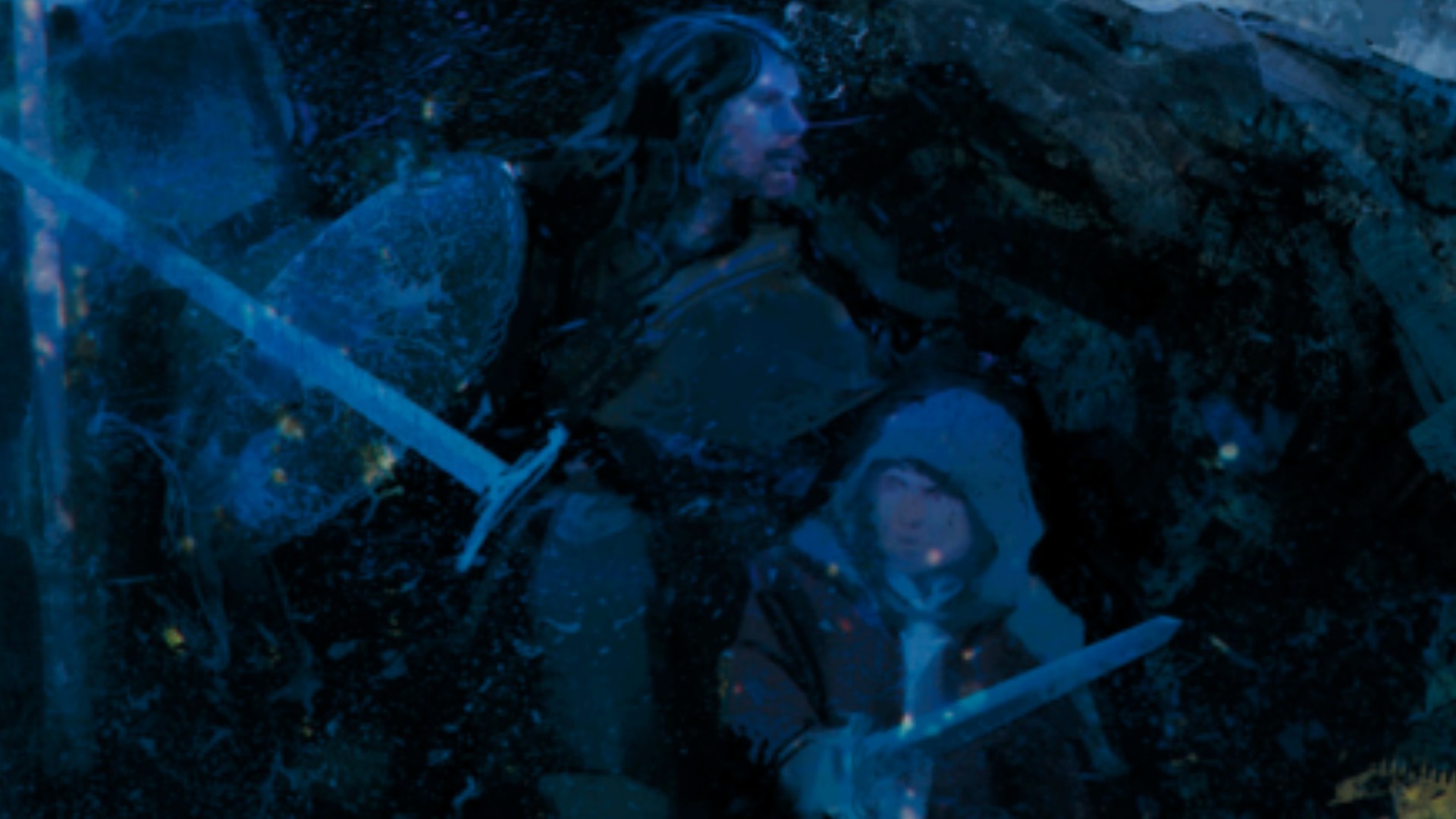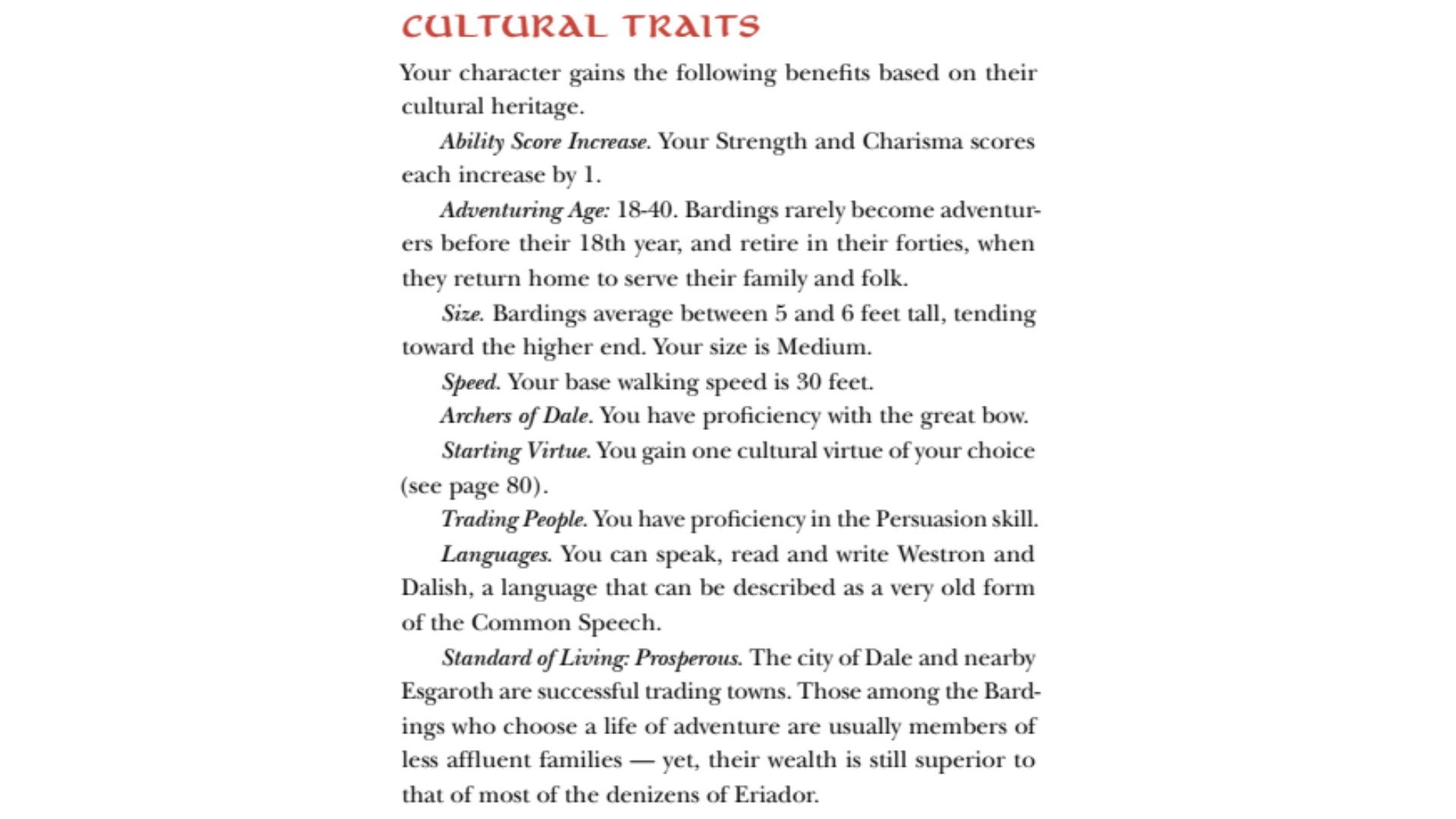The Lord of the Rings, and by extension, the world of Middle-Earth, is one of my favorite fantasy settings of all time. Sure, you might argue that it’s the most obvious answer, as well as being the thing that fantasy has been ripping off solidly for nearly a century at this point, but for me, Tolkien had a mastery of the genre that, to this day makes his work the most endearing. Obviously, it’s also the style of storytelling I tend to strive for when DMing, so why not cut out the middle man and try out The Lord of the Rings Roleplaying by the folks at Free League. I got a chance to take a quick perusal recently and can offer my brief first-hand experience with the system in question.
If you can’t already tell, many of us at TechRaptor love Tolkien’s work and The Lord of the Rings in particular. If you’re similarly inclined, you should check out our review of The One Ring RPG 2nd Edition, our coverage of the long-awaited LOTR and MTG crossover, or our review of The Lord of the Rings: Battle of Osgiliath.
What is The Lords of the Rings Roleplaying?

If you’re not familiar, The Lord of the Rings Roleplaying is a gaming supplement that aims to bring together The One Ring Roleplaying Game and the 5E system of Dungeons & Dragons fame. The book doesn’t contain most of the core rules of playing the game, as you need an intimate knowledge of 5E to actually use the book. That said, what it does provide is a framework for gamers to take their working knowledge of 5e, a love for The Lord of the Rings, and the groundwork set out by The One Ring RPG to create a new gaming experience.
How Do You Use The Lord of the Rings Roleplaying?

Unlike most RPG books, with The Lord of the Rings Roleplaying, most of the discussion is reserved for large sweeping changes to the traditional way that a 5E campaign would run. For instance, the mandated Adventuring and Fellowship phases, which break campaigns up into a series of adventures followed by moments of reflection, take the place of the more ad hoc style of campaign that your typical DnD group might be running.
Effectively, you use the book to help you manage running a 5E campaign in the style of The One Ring Rpg, as well as to set out guidelines for creating characters. Several terms haven’t survived the translation either, with Culture replacing Race, and Loremaster, replacing Dungeon-Master. Beyond this, once you’re used to the term-swapping, the two systems fit together surprisingly well.
A First Look at What The Lords of the Rings Roleplaying Has to Offer

As with any tabletop supplement, the real proof of it will be in the playing, but at even a cursory glance, you can see this book will turn into a vital supplement for any and all hardcore Tolkien fans who are also Tabletop gamers. It takes the incredible amount of care and attention that the setting for The One Ring RPG takes and expands it to cover the entire timeline of the books, and all in the world’s most popular Tabletop RPG system to boot.
Within the pages of the supplement, you’ll find a full timeline of events to pinpoint when and where you want your adventures to take place exactly, as well as advice and guidelines on how to play around the tricky problem of your adventures breaking the canon of a much-loved franchise. This last subject, in particular, is covered in such an interesting way that I implore even non-loremasters to check out the “Canon and the Loremaster” chapter if they get a chance.
All-in-all, the main thing that The Lord of the Rings Roleplaying had to get right was the rules needed to manage and run a game of 5E in Middle-Earth and to do it well. After all, the actual rules are mostly already in place; it’s just about knowing how to create characters that feel like they fit in Tolkien’s world and to have them go on adventures that feel like they would make sense as a vignette in a LOTR appendix or something. Both of these appear to have been achieved, in my view.
Creating Characters and Magic

When it comes to creating a character for use with this supplement, your different options have been laid out very simply. Each Heroic culture that you can choose from comes with its own set of bonuses and modifiers, just like races in regular 5E do, so if you’ve made a character in 5E, then this is probably going to be familiar to you. This is especially the case if you’ve ever used a supplement, like Van Richten’s Guide to Ravenloft, to craft a character with a special feature or expansion origin story/race.
Even more importantly, magic obviously requires a big overhaul, mostly because it doesn’t really exist in The Lord of the Rings in the same way that it does in 5E, generally. In fact, you can’t even create a wizard, mostly since doing this would certainly mess with the canon to the point that even casual fans would balk at it. Instead, magic effects are relegated to powerful artifacts and weapons, a style that is much more fitting than being able to summon fireballs all over the shop.
My Final Thought
While there’s still much to find out about The Lord of the Rings Roleplaying, what I’ve seen so far is incredibly promising. This is a supplement that will give so many tabletop gamers out there what they want: a way to play in a world they know and love, using a system they’re already intimately familiar with. Even more importantly, it seems to do so in such a way that the original material is both respected and utilized in a creative and effective manner. You can bet I’m going to be running this with my playgroup at the very first chance I get, and I can’t imagine I’ll be the only DM who feels this way.
The copy of The Lord of the Rings Roleplaying used in this preview was provided by Free League Publishing.
The Lord of the Rings Roleplaying First Impressions
Source: Pinay Guide Blog
Walang komento:
Mag-post ng isang Komento